Saturn’s Hexagonal Storm System In It’s North Pole
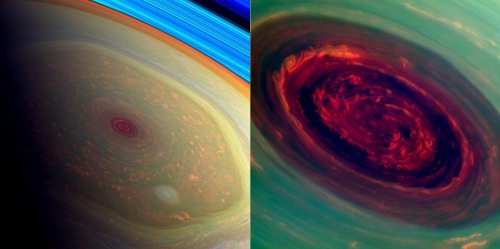
Saturn’s hexagonal storm system in it’s north pole
More Posts from Intergalacticnerd and Others
How do you feel about space movies like Gravity or the Martian etc?
I thought they were great. I watched them both here aboard the International Space Station. Movie night looks like this!

John Nelson Creates Stunning Visuals of Earth ‘Breathing’

John Nelson, noted for creating remarkable visualizations depicting weather conditions of the planet, has come up with a pulsating GIF that shows the heartbeat of the Earth in a course of seasonal changes through NASA’s satellite photography. View his other amazing GIF below.
Keep reading
Dust, stars, and cosmic rays swirling around Comet 67P/Churyumov–Gerasimenko, captured by the Rosetta probe. (Source)

Thankful for views like this one —————————————– Camera Info •Canon 5D Mk3 •Canon 16-35mm F2.8 •16mm •F2.8 Aperture •30" Exposure •6400 ISO •WB3785 —————————————–#justinhartney #nature #pnwwonderland #nightphotography #ThatPNWLife #Ourlonelyplanet #traveloregon #eugene #universityoforegon #uoregon #feedbacknation #thatNWadventure #wildernessculture #modernoutdoors #watchthisinstagood #folkmagazine #theearthoutdoors #thevisualcollective #oregonexplored #beautifuldestinations #nwc10k #vsco #wishyouwerenorthwest #visitbend #1859Oregon #canon_photos #llbeanmoment #bendmag #optoutside #columbia1938 (at Bend, Oregon)

In this Chandra image of NGC6388, researchers have found evidence that a white dwarf star may have ripped apart a planet as it came too close. When a star reaches its white dwarf stage, nearly all of the material from the star is packed inside a radius one hundredth that of the original star.



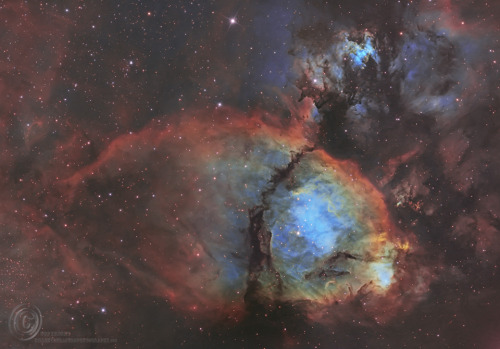
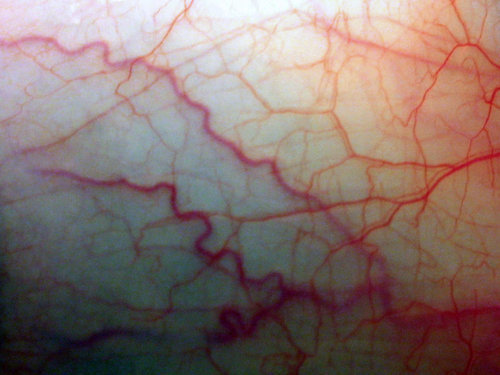
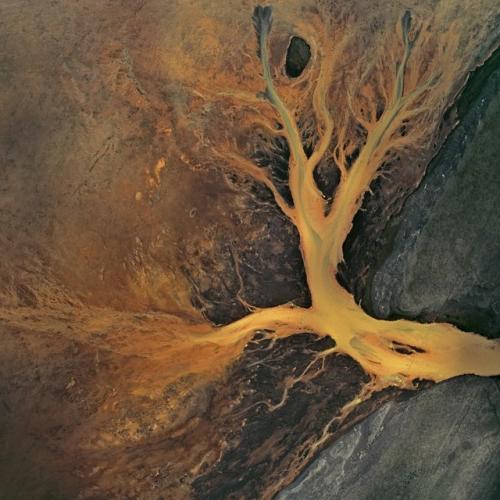

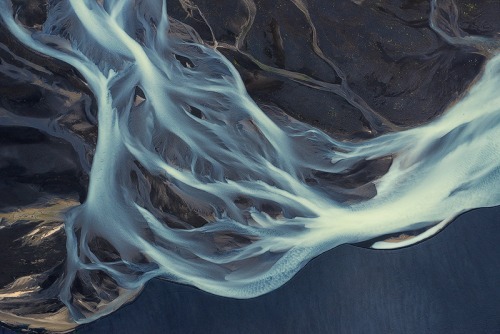

أو كمَا يقُول أفلاطونٍ: “كُلّ الأشياءِ الجّميلة صعْبَة”.










Watch: Leonardo DiCaprio calls to end climate change in Oscar acceptance speech.
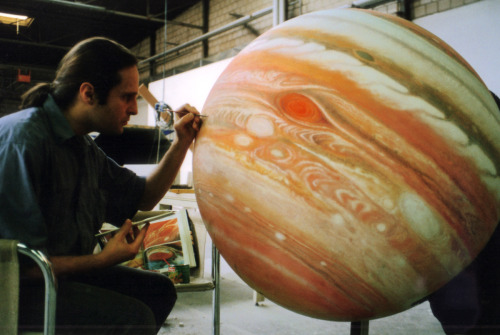
Solar System: Things to Know This Week
Here are a few things you should know about our solar system this week:
1. The Bright and the Beautiful

In its lowest-altitude mapping orbit, at a distance of 240 miles (385 kilometers) from Ceres, Dawn has provided scientists with spectacular views of the dwarf planet, especially of its bright, young, hexagonal craters like Haulani.
2. Mars Needs Brains

NASA is soliciting ideas from U.S. industry for designs of a Mars orbiter for potential launch in the 2020s. The satellite would provide advanced communications and imaging, as well as robotic science exploration, in support of NASA’s Journey to Mars. This effort seeks to take advantage of industry capabilities to improve deep space, solar electric propulsion-enabled orbiters.
3. Seeing Double

NASA measured a solar flare from two different spots in space, using three solar observatories. During a December 2013 solar flare, three sun-observing spacecraft captured the most comprehensive observations ever of an electromagnetic phenomenon called a current sheet.
4. Set a Course for Europa

This artist’s rendering shows NASA’s Europa mission spacecraft, which is being developed for a launch in the 2020s. The mission would place a spacecraft in orbit around Jupiter in order to perform a detailed investigation of the giant planet’s moon Europa—a world that shows strong evidence for an ocean of liquid water beneath its icy crust and which could host conditions favorable for life.
5. Go Deep

Jupiter is huge, powerful and spectacular. But what lies hidden inside the giant planet? The Juno mission arrives at Jupiter in July to help us find out. Join Dr. Fran Bagenal to learn more about the mission and how it plans to delve deep into Jupiter’s secrets this year.
Want to learn more? Read our full list of things to know this week about the solar system HERE.
Make sure to follow us on Tumblr for your regular dose of space: http://nasa.tumblr.com
-
 flyingincircles liked this · 2 weeks ago
flyingincircles liked this · 2 weeks ago -
 eyesra liked this · 1 month ago
eyesra liked this · 1 month ago -
 mismaxx reblogged this · 1 month ago
mismaxx reblogged this · 1 month ago -
 ivylesbian reblogged this · 1 month ago
ivylesbian reblogged this · 1 month ago -
 salmonid-carcass liked this · 2 months ago
salmonid-carcass liked this · 2 months ago -
 onox liked this · 2 months ago
onox liked this · 2 months ago -
 admiralanteater liked this · 2 months ago
admiralanteater liked this · 2 months ago -
 bearlydefault reblogged this · 2 months ago
bearlydefault reblogged this · 2 months ago -
 laying-on-the-floor-is-nice reblogged this · 2 months ago
laying-on-the-floor-is-nice reblogged this · 2 months ago -
 peepantskitty liked this · 2 months ago
peepantskitty liked this · 2 months ago -
 shmergaberg reblogged this · 2 months ago
shmergaberg reblogged this · 2 months ago -
 whatdouwanth reblogged this · 2 months ago
whatdouwanth reblogged this · 2 months ago -
 whatdouwanth liked this · 2 months ago
whatdouwanth liked this · 2 months ago -
 alishbiceps reblogged this · 2 months ago
alishbiceps reblogged this · 2 months ago -
 alishbiceps liked this · 2 months ago
alishbiceps liked this · 2 months ago -
 m3ybuz reblogged this · 2 months ago
m3ybuz reblogged this · 2 months ago -
 dreamersbbq liked this · 2 months ago
dreamersbbq liked this · 2 months ago -
 ramblingmeow11 liked this · 2 months ago
ramblingmeow11 liked this · 2 months ago -
 paperpiperpeeperpopper liked this · 2 months ago
paperpiperpeeperpopper liked this · 2 months ago -
 fleshtornado reblogged this · 2 months ago
fleshtornado reblogged this · 2 months ago -
 xyw reblogged this · 2 months ago
xyw reblogged this · 2 months ago -
 ruby-the-scholar reblogged this · 3 months ago
ruby-the-scholar reblogged this · 3 months ago -
 syzygyblvd liked this · 3 months ago
syzygyblvd liked this · 3 months ago -
 mothmanbignaturals liked this · 3 months ago
mothmanbignaturals liked this · 3 months ago -
 wokrs-of-whimsy liked this · 3 months ago
wokrs-of-whimsy liked this · 3 months ago -
 babypowdercocaine reblogged this · 3 months ago
babypowdercocaine reblogged this · 3 months ago -
 fieryheart959 liked this · 3 months ago
fieryheart959 liked this · 3 months ago -
 apawmeownyation reblogged this · 3 months ago
apawmeownyation reblogged this · 3 months ago -
 apawmeownyation liked this · 3 months ago
apawmeownyation liked this · 3 months ago -
 chicabeta reblogged this · 3 months ago
chicabeta reblogged this · 3 months ago -
 chicabeta liked this · 3 months ago
chicabeta liked this · 3 months ago -
 lichspawns reblogged this · 3 months ago
lichspawns reblogged this · 3 months ago -
 lichspawns liked this · 3 months ago
lichspawns liked this · 3 months ago -
 silverystormwing liked this · 3 months ago
silverystormwing liked this · 3 months ago -
 zippycat9 liked this · 3 months ago
zippycat9 liked this · 3 months ago -
 is-this-where-the-line-starts liked this · 3 months ago
is-this-where-the-line-starts liked this · 3 months ago -
 hikainofan reblogged this · 3 months ago
hikainofan reblogged this · 3 months ago -
 rainbowbutterflyp liked this · 3 months ago
rainbowbutterflyp liked this · 3 months ago -
 brittiedoodles reblogged this · 3 months ago
brittiedoodles reblogged this · 3 months ago -
 brittie-doodles liked this · 3 months ago
brittie-doodles liked this · 3 months ago -
 interdimentional liked this · 3 months ago
interdimentional liked this · 3 months ago -
 oedonchapeldweller reblogged this · 3 months ago
oedonchapeldweller reblogged this · 3 months ago -
 akireu-13 liked this · 3 months ago
akireu-13 liked this · 3 months ago -
 sailorskunk liked this · 3 months ago
sailorskunk liked this · 3 months ago -
 thinecottagecorebitch reblogged this · 3 months ago
thinecottagecorebitch reblogged this · 3 months ago -
 freddykicksasses liked this · 3 months ago
freddykicksasses liked this · 3 months ago -
 literallyjusttrashposting reblogged this · 3 months ago
literallyjusttrashposting reblogged this · 3 months ago
"Astronomy compels the soul to look upwards and leads us from this world to another." - Plato
147 posts